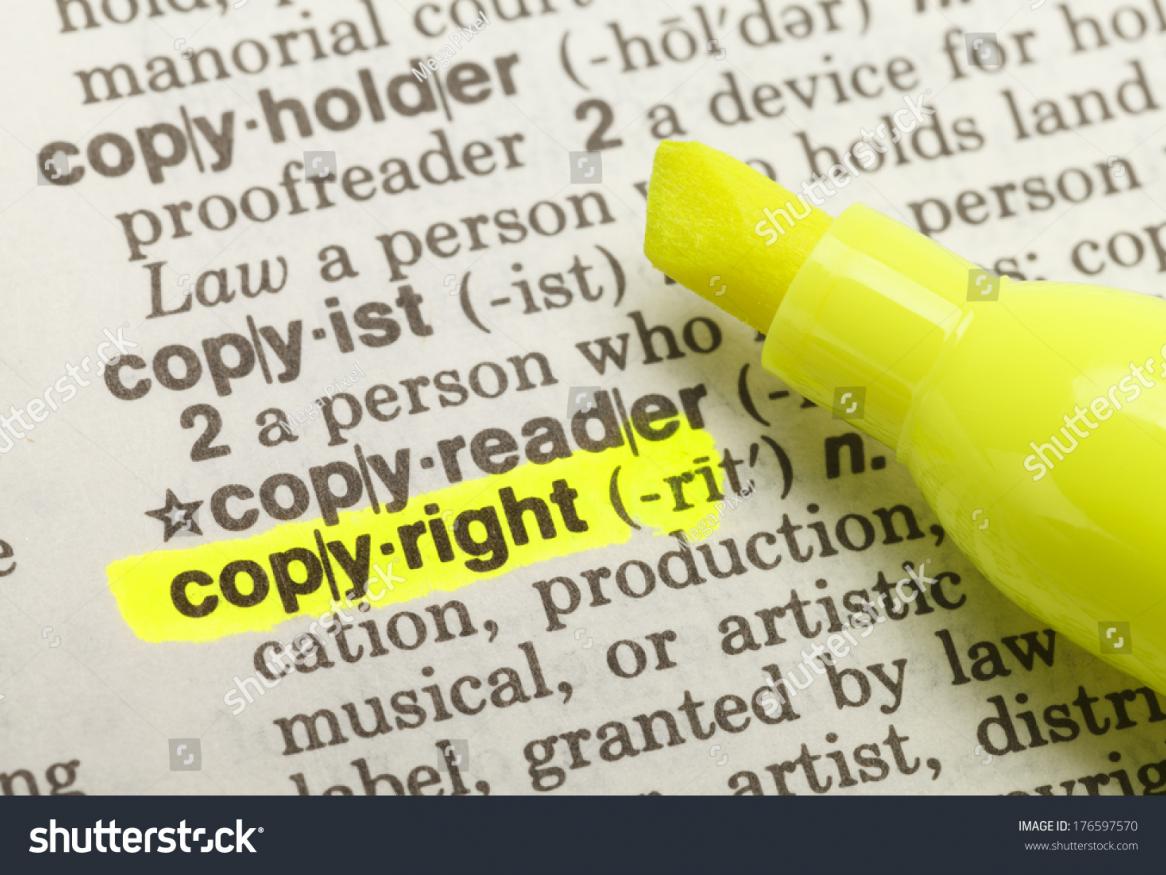Copyright Advice
Copyright acts as an incentive for creativity and innovation through the granting of exclusive rights to authors to protect their works against unauthorised use for a limited period. These rights are balanced somewhat by a range of exceptions that permit use in certain circumstances.
Copyright impacts a wide range of University functions.
Select the area that best matches your use case, or start with the overview:
Copyright Compliance Policy
Supporting the Intellectual Property Policy, the Copyright Compliance Policy sets out the University's position on the use of third party material and associated copyright compliance requirements. The policy is supplemented by the Procedures for Using Third Party Materials for Educational Purposes.





